Rising in the frozen glaciers of the Dangla Mountain Range in the eastern part of the Tibetan Plateau, the Yangtze River flows for 3,553 miles before disgorging into the East China Sea at Shanghai.
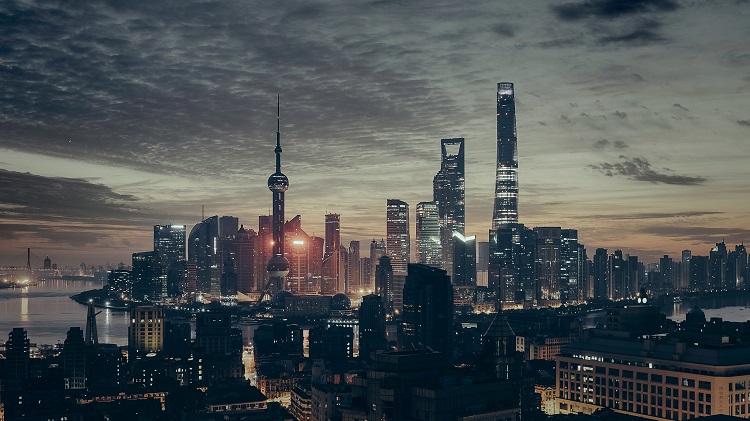
Shanghai
Known in China as Chang Jiang (Long River), it runs eastward through Qinghai, then turns south down a deep valley at the border of Sichuan and Tibet to reach Yunnan. The headwaters of the Yangtze originate at a lofty 16,099 feet, and during its descent to sea level, it cascades and tumbles to an altitude of 630 feet at Chongqing, where it becomes more navigable. Below Chongqing, the river gains volume via several tributaries and cuts through the spectacular Three Gorges before being tamed by the monumental and controversial Three Gorges Dam. The ‘Long River’ finally reaches its destination at the vibrant city of Shanghai.
A journey back in time
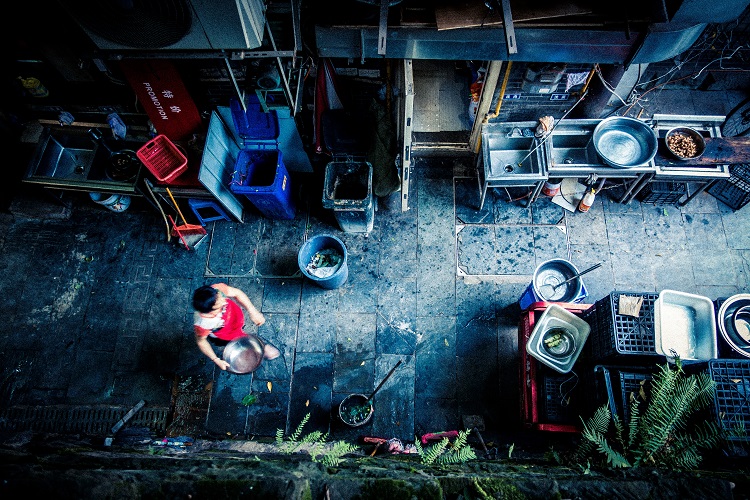
Chongqing
The longest river in Asia has always been an important means of transport. In the past, transit was difficult as the river has dangerous reaches, rocks and wildly fluctuating water levels. Cargo junks often had to be drawn by hand through the most dangerous parts, and between June and September, the up-stream traffic virtually ceased as the winds where not strong enough to enable the junks to sail against the raging waters. The modern era on the Yangtze River started in 1900 when the British paddle-steamer, S.S. Pioneer, managed the upstream trip to Chongquing under its own power.
Eastbound Yangtze explorations begin in Chongqing, China’s capital during World War II. A concrete forest of modern high-rise buildings is in stark contrast to the nearby Dazu Rock Carvings dating back to the 7th Century. Chaotainmen port is the epicentre of Yangtze trade, and the principal turnaround base for river cruisers.
For passengers heading east on the variety of vessels operating along the Lower Reaches of the Yangtze, the first highlight is the Shibaozhai Temple (Precious Stone Stronghold). This 12-storey red pavilion is a gem of Chinese architecture and was built during the Qing Dynasty in 1650.
Scenery so spectacular it is off the chart
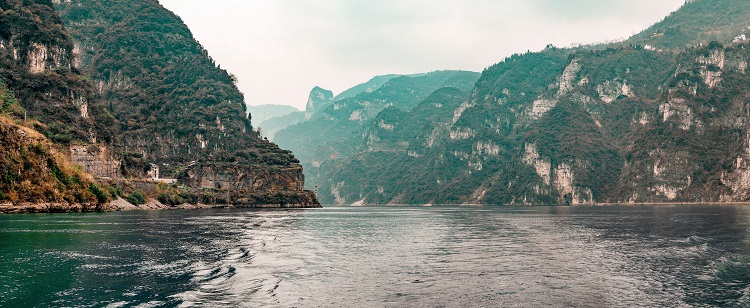
The Three Gorges
The tourist Meccas that are the Three Gorges were created by the Yangtze forcing its way through a spectacular barrier of limestone ridges. At five miles long, the Qutang Gorge is the shortest and narrowest of the three and is enclosed on both sides by high, precipitous cliffs. As the inexorable waterway continues east, the serene Wu Gorge (Witches Gorge) and the Xiling Gorge, with its craggy rock formations, are nothing short of awe-inspiring.
The sensory overload continues at the bucolic port of Wushan where the Daning River flows into the Yangtze. Here, smaller tourist boats explore the 20 mile-long Lesser Three Gorges. Low clouds often cloak the peaks and curtains of rain add to the ethereal beauty. The boats glide through the dramatic Dragon Gate Gorge, just 30 feet wide in parts, towards Misty Gorge, where high above are hanging coffins – relics of the Ba people – as well as an ancient plank road carved into the cliffs. In Emerald Gorge the chattering of monkeys accompanies a cacophony of birdsong – the only noises to stir the tranquillity.
The Chinese do give a dam
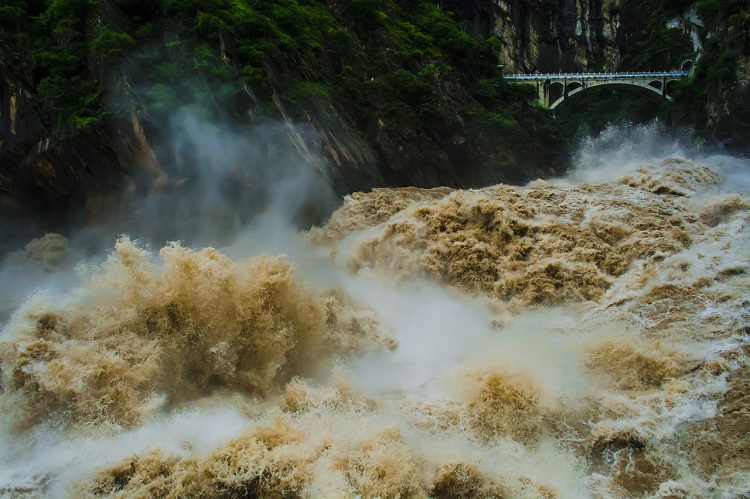
The dream of taming the Yangtze and harnessing its prolific energy first surfaced in 1919. In the 1950s, Chairman Mao gave it his blessing, but it took another two decades for the construction to receive approval. The creation of the mighty 607 feet-high, 1.4 mile-long dam and reservoir is not solely for the generation of power, its principal raison d’être is flood control following three devastating floods which killed thousands between 1949 and 1998.
The beguilingly beautiful experience that is a journey along China’s longest waterway is usually combined with a visit to Xian. In 1974, three peasant farmers discovered the funereal art which today is one of the world’s most revered archaeological sites. Three pits display part of the silent legions of more than 8,000 soldiers, 130 chariots with 520 horses, and 150 cavalry horses. Each is crafted in terracotta, which at the time of the emperor’s death were brightly painted.
More than a river
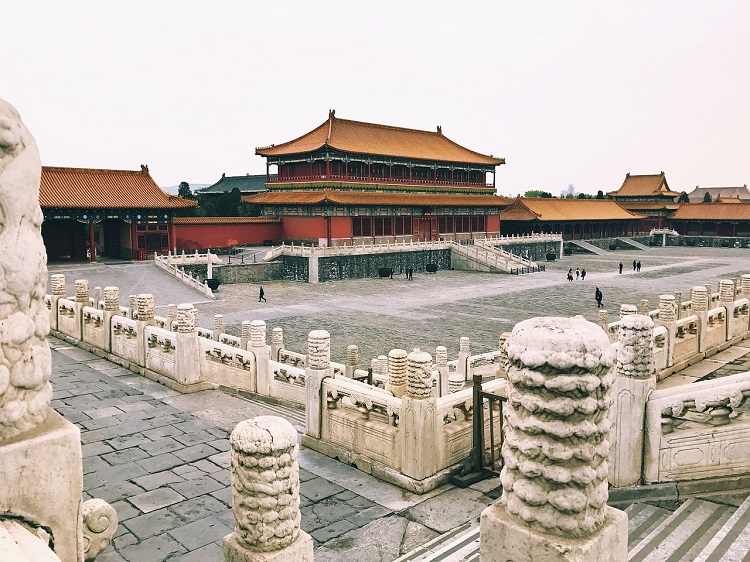
National Palace Museum, Tiananmen Square
In Beijing there are visits to Tiananmen Square – the largest public square in the world; as well as the Forbidden City – the magnificent Imperial Palace of the Ming and Qing Emperors once considered the centre of the universe by the Chinese. Other tours head to the Badaling Hills, 40 miles north of Beijing, to witness the Great Wall that stretches dragon-like from horizon to horizon atop misty hills. Other excursions visit the Olympic Village with its Bird’s Nest stadium and Water Cube pavilion, a futuristic legacy of the XXIX Olympiad in 2008. As for Shanghai – once dubbed the ‘Paris of the East’- this is a city of paradox and change – a metropolis on steroids.
A few days exploring the culture and attractions of Beijing and dynamic Shanghai are a surreal overture or ebullient finale to the raptures of the Yangtze.
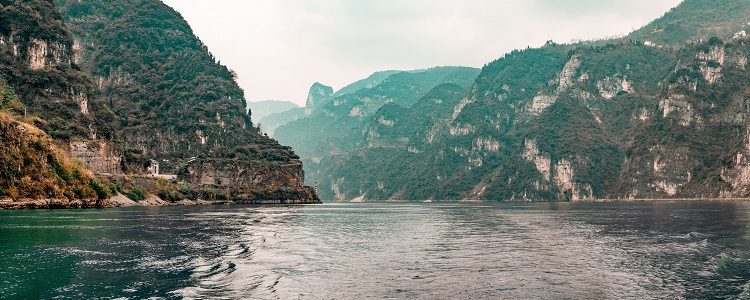




No Comments
Be the first to start a conversation